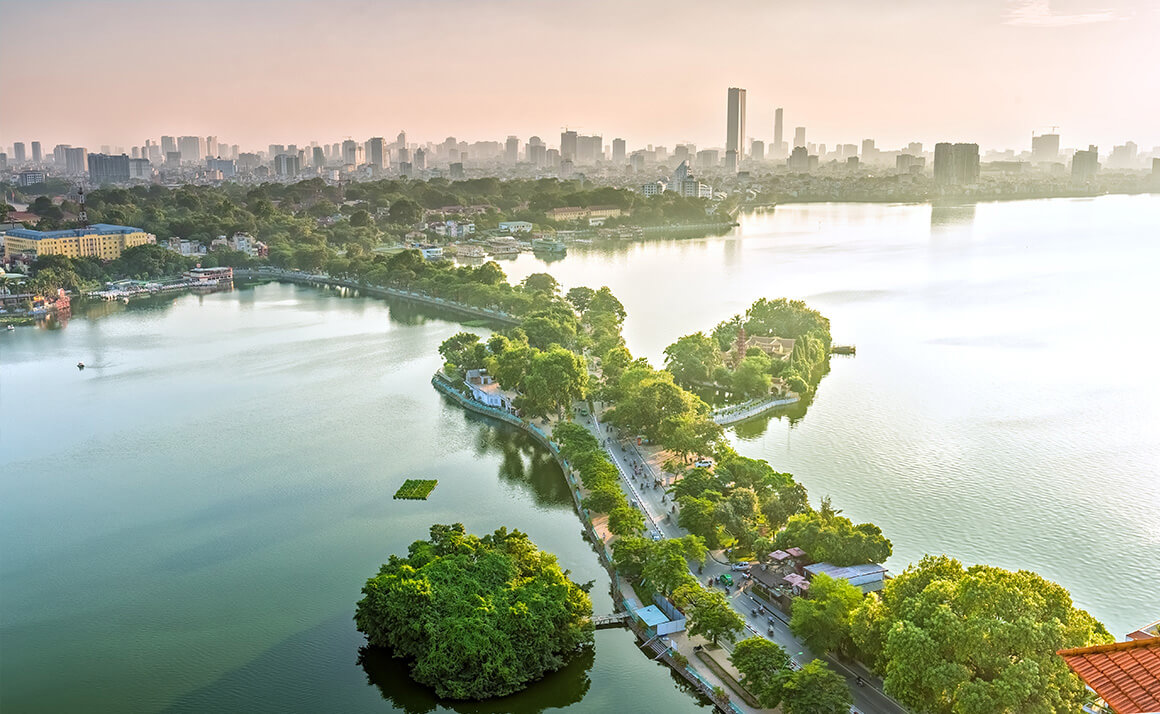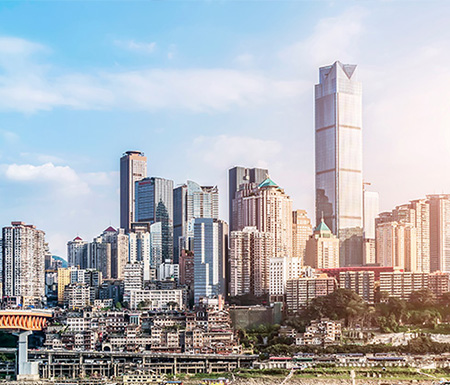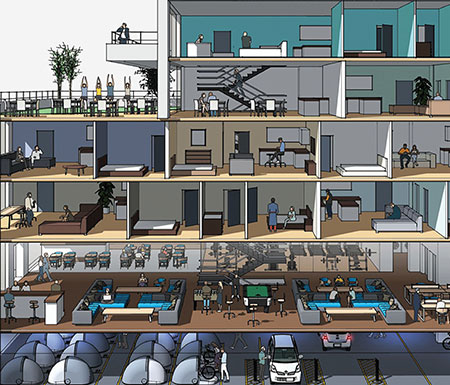
City lowdown: Hanoi
The Vietnamese capital is less familiar to real estate investors than economic powerhouse Ho Chi Minh City, but Hanoi has its own attractions and is a key part of the nation’s growth story.
With more than 1,000 years of history, Hanoi is Vietnam’s cultural centre as well as its administrative hub. The French colonial era left Hanoi with a number of historic buildings and tree-lined boulevards that have garnered it the title of the Paris of the East. The population of 8.1m doubles if the nine surrounding provinces are taken into account.
Hanoi benefits from Vietnam’s thriving economy: 2019 GDP growth was 7.02%, above the 2019 government target of 6.6% to 6.8%. Retail sales were $163bn, up 13% year on year.
Troy Griffiths, deputy managing director of Savills Vietnam, says: “Hanoi offers a wealthy population by Vietnamese standards and that population is growing rapidly. The city’s infrastructure is rapidly evolving, with metro lines, roads and bridges which will improve connectivity and boost real estate values.”
Meanwhile, the city’s stock of modern real estate is growing and domestic developers are maturing to deliver international grade assets, Griffiths adds.
Last year, Japan’s Sumitomo Corporation joined forces with Vietnam’s BRG Group to develop a 272 ha smart city in the Dong Anh district, north of the city centre. The extension of Metro Line 2 from central Hanoi to Noi Bai International Airport will pass through the project site, which will be home to a new station.
Other foreign developers and investors active in Hanoi include Keppel Land, CapitaLand, Mitsubishi Estate, Gaw Capital Partners and Hongkong Land.

The city’s growing population fuels demand for residential property. Apartment sales rose 26% to nearly 40,000 in 2019, with new supply of 37,700 units. Supply looks steady, with 124,000 units to be delivered over the next three years. Prices are around 30% lower than in HCMC. Supply of new villas and townhouses was limited last year but more is expected over the next two years.
Hanoi’s retail stock grew 14% to 1.6m sq m in 2019 and rents fell 1% over the year, despite almost full occupancy in all retail types. The office sector grew by 10% to 1.8m sq m and average rents rose 5% in 2019. Vacancy in B and C grade offices is almost zero. A total of eight projects, comprising 169,000 sq m will be completed this year.
It is Vietnam’s most popular tourist destination and the 15th most visited city in Asia Pacific, according to research by Mastercard. The city has 9,800 rooms in 65 hotels, with a further 1,200 to be delivered this year, while 48 projects with 9,100 rooms are in the pipeline.
Further reading:
Savills Vietnam
Contact us:
Troy Griffiths



